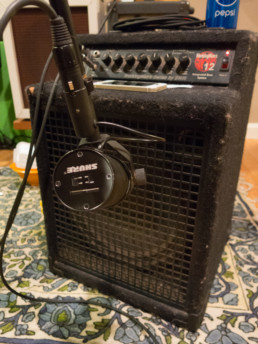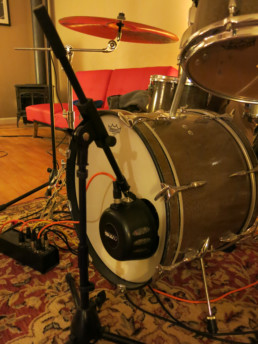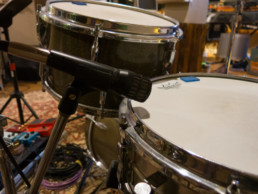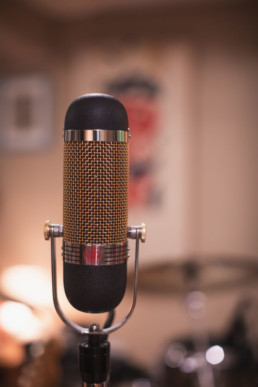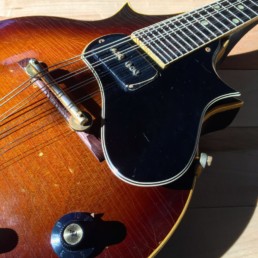Dynamic Microphones
Telefunken. Shure. Sennheiser. Audix. Audio-Technica. Avantone. Morton. ElectroVoice.
In the recording studio, dynamic mics are rarely as exciting as ribbons and condenser mics, their more expensive cousins. For most of us, our first mic was probably a dynamic mic like a Shure SM 58 or SM 57. Mine was a 57. I still have it and it gets used on most sessions.
Technically I’m referring to moving coil microphones, and these are all built kind of like a loudspeaker. A coil is glued to the to the rear of a membrane, with a strong magnet surrounding the coil. When sound waves hit the coil, the membrane moves with them, pushing the coil in the back along for the ride. A small signal voltage is created from the gap between the coil and the magnet and that’s how the signal wave is converted into the electrical signal that we use to record.
Dynamic mics are solid workhorses for stage use as they do a great job capturing sound right in front of them while generally rejecting sound from the rear and the sides of a busy stage. Still, these same qualities are often helpful in the recording studio.
While I typically prefer to record guitar amps from a few feet away with a ribbon, I can get a fantastic sound with that Shure SM 57 or an Audix i5 pushed up close to the grill. Dynamic mics have a long storied tenure up-close on snare, kick and toms. Even with the pick of the most expensive condenser mics, you might end up with using a dynamic such as the Telefunken M80 or Shure Beta 58a on a particular song. One can never really have too many mics. While you can easily make a record with only a handful of mics in the locker, having choices and options helps add depth, edge, and fidelity to your recordings.



